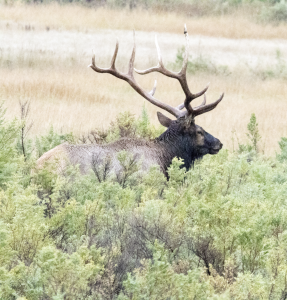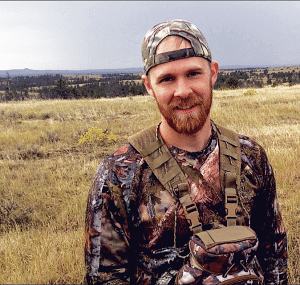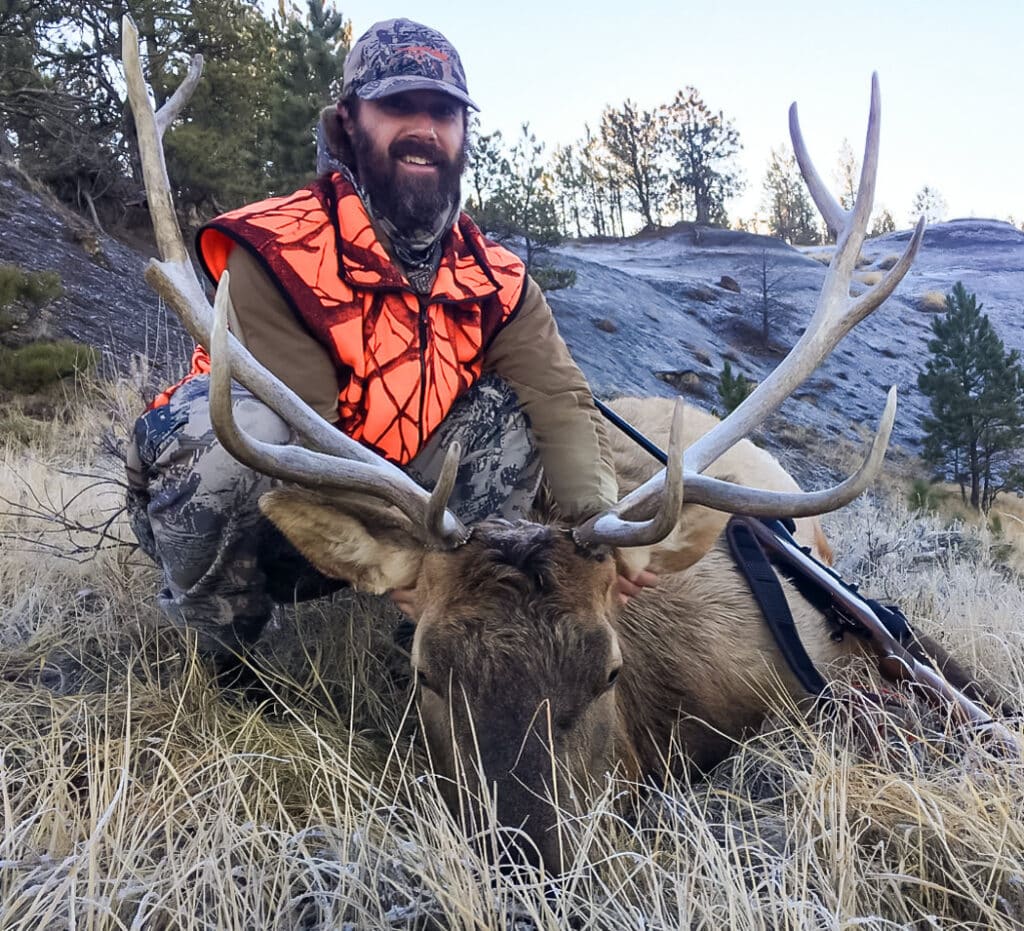
The biggest threat to our native deer, elk, and moose is here, and hunters need to step up to help us contain the scourge of Chronic Wasting Disease.
Less than two years ago, Montana had its first confirmed case of CWD in the wild. This neurological disease causes animals to lose all cognitive function and eventually die. It’s caused by misshapen proteins called prions that are nearly impossible to kill. CWD is highly contagious and can remain active for years in soils, making it the most serious threat to our game herds and our sporting heritage.
“Chronic Wasting Disease is by far the biggest threat our game herds face, and now that it’s here we need all hunters actively working to keep it at the lowest levels possible,” said Dave Chadwick, Montana Wildlife Federation executive director. “That’s why we’re asking hunters throughout Montana to get informed, take all steps possible to limit its spread and provide state biologists with information on where this disease is showing up.”
MWF has a long history of working on proactive measures to prevent the spread. Among the biggest achievements was helping lead the effort in 2000 to ban game farms, where confined quarters and interstate shipments help spread this devastating disease. CWD was first found in Montana in a game farm in 1999.
Montana FWP has been conducting surveillance monitoring across the state since 1998 because CWD has been documented in surrounding states and provinces. The first detection of CWD in wild deer was in November 2017 in Carbon County in southeast Montana. Another case showed up in Liberty County in north-central Montana that year, and Montana Fish, Wildlife and Parks implemented an immediate plan to test more samples through a special hunt and increased monitoring. Since then the disease has been detected in more than 20 animals, including six this year in Libby in Lincoln County in northwest Montana. That detection was a long way geographically from previous detections and the first time CWD appeared west of the Continental Divide.
CWD has the potential to reduce the abundance of infected herds, particularly of bucks and bulls, and although CWD has not been shown to infect humans, authorities recommend hunters not eat CWD positive game and dispose of parts in a landfill.
Now once again we are asking conservationist hunters to get into the fight against CWD. Hunters need to be extra careful in handling game animals to prevent further spread of the disease. That includes leaving the spine and head of animals killed in the special “CWD Management Zones” in Montana onsite or disposing of them in a landfill within the zone. It also means never disposing of any deer, elk or moose carcasses out in the woods. And we’re asking all hunters to report any incidences of animals that appear to be weakened, disoriented or otherwise showing signs of this degenerative brain disease.
We need to be all-in as hunters on this fight. Please take this pledge and take all steps in it to keep CWD at a bare minimum in Montana.





